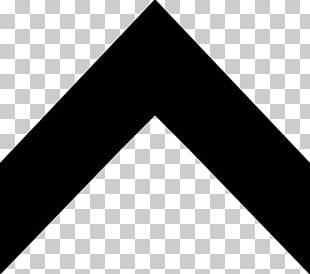

To do the “per 100” “%”: press the “SHIFT” key (SHIFT) and simultaneously hold down the “5” key.Other useful examples: (they can change based on your layout, but you can get an idea) To gain experience you can also try to hold down the “SHIFT” key and then press all the keys of the upper row, that of the numbers from 1 to 0: you will get many useful symbols! The same goes for ALL the keys on the keyboard, you can press them without problems, so you can discover all the symbols that can be obtained with the help of the “SHIFT” key. So, for example, to get the | symbol (the vertical bar in the center, called “pipe” in English), you will have to hold down the SHIFT key and the \ key at the same time (key to the left of the number “1”) for less than a second, and then release both. It is therefore very important to have the right keyboard layout. For example on the Norwegian keyboard/layout we will not have the accented letters ò, à, ù, è, ì, but instead we will have the letters ø, æ and å. By layout we mean the arrangement of the keys and what characters are available. Here you can see a keyboard with layout of the keys in Italian. While “ Alt Gr” + “ SHIFT” the symbol in “ top right“.To generate the symbols in “ bottom right” (for example the symbol) use the “ Alt Gr“(not to be confused with the “ Alt” key),.While pressing “ Shift” (or “ Shift” or a drawing of an “ up arrow“) the character in “ top left“.We press the key to generate the character in “ bottom left” (the lower case letter or number).So how do you do “ braces“? The keys, even if not displayed on the keyboard, can generate up to 4 different symbols.
UPPER CARET SYMBOL CODE
This used to be well-known, due to the problems of interchanging files between different encodings such as ASCII and EBCDIC where there were still printers capable of rendering up-arrows as such long after the character no longer existed in ASCII.If you want to be able to type all the symbols with the keyboard, I can teach you some tricks! For example, you can make “braces” directly with the keyboard, without having to use the character map, or type the code Alt + 123.

Shown on the card were identical in all versions. Teletype code card for M33 and M35 machines indicates a 1966 version of ASCII, though the printable characters Place of SUB (0x1A), \ for (0x40), ~ for \ (0x5C), an odd character in place of | (0x7C), and | for ~ (0x7E). Versions as well: in the Teletype Model 33 manual, there are references to a 1965 version of ASCII, that had SS in In ASCII-67, ^ replaced the up-arrow symbol,ĪSCII-63 and ASCII-67 are the common variants of ASCII, but there appear to have been some transitional In the 1967 version, RUB became DEL and stayed in the same position,īut ACK and ESC moved into the control character area (col-1). There are inconsistent references to anĪLT-MODE char (0x7D) in ASCII-63. Undefined, except for three: RUB (0x7F), ACK (0x7C), and ESC (0x7E). Also, in ASCII-63, the upper 32 positions (col-4) were The definitions of the control characters (col-1Ībove) varied between the two versions, as defined below. Looking for a suitable source, I find Teletypewriter Communication Codes by Gil Smith which says enough to place this in the late 1960s (demonstrating that the origin is pre-Unix, as well):ĪSCII-63 was mostly identical to the current ASCII-67 version.
UPPER CARET SYMBOL MANUAL
The Utilities manual from 1973 (page 927) shows a control C for instance. You can find it used in DEC documentation for instance (it was certainly in use by the mid-1970s when I used teco. Used for indicating control characters, this dates (at least) before 1980. It was also used in Pascal to indicate pointers. The same character (replacement) was used in mathematical expressions, e.g., ^ for powers (where some others might use **). By the time SunOS and so forth came around, this part was more than 10 years in the past. The circumflex ( ^) was equated to the up-arrow character on teleprinters.


 0 kommentar(er)
0 kommentar(er)
